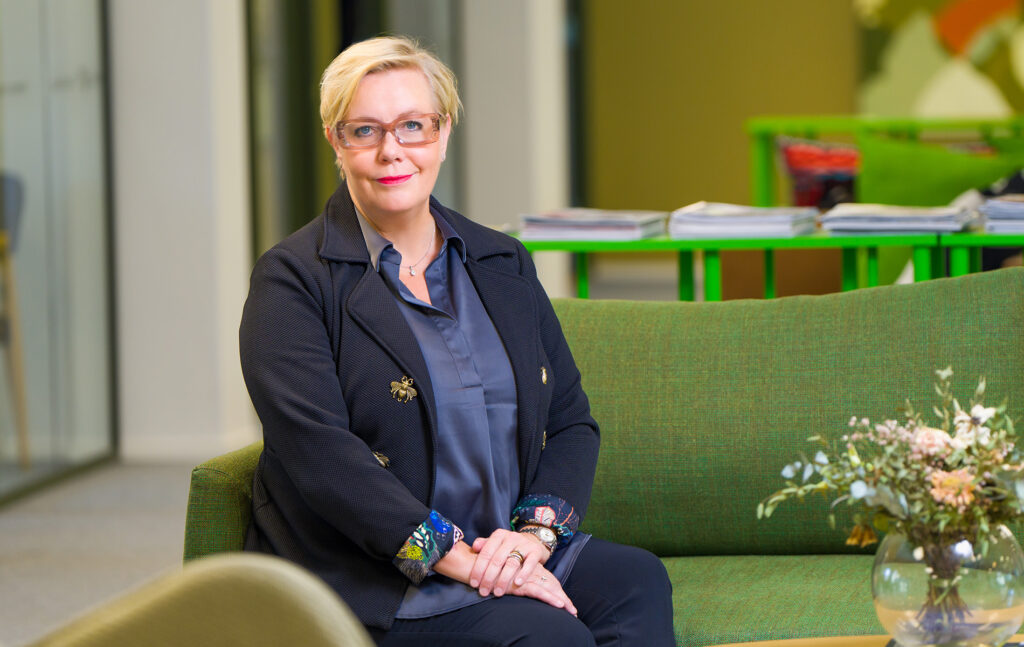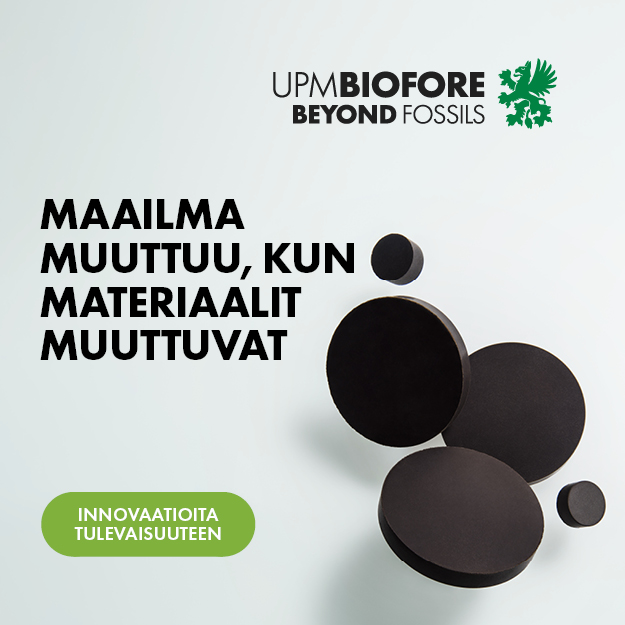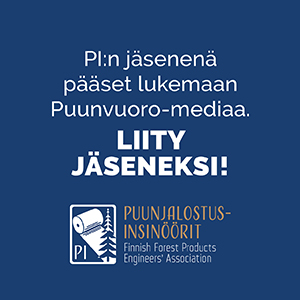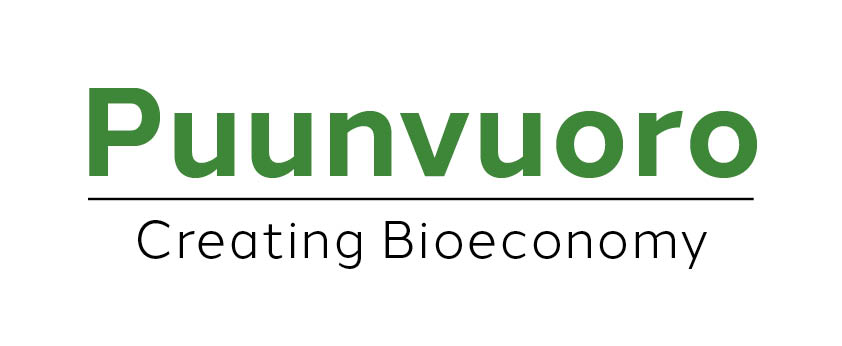“Strategies have previously been developed for the bioeconomy, but traditionally the bioeconomy has remained in a secondary role in EU projects or has only been considered
from a carbon sink and energy policy perspective. Going forward, the forest-based bioeconomy must be integrated into EU climate policy, industrial policy and the circular economy. This is the only way to unlock the full potential of the bioeconomy as a replacement for fossil raw materials, as a way to secure material and energy self-sufficiency and as part of the hydrogen economy, among other things,” says Director in charge of EU Affairs at the Finnish Forest Industries Federation, Kaisu Karvala.
At the end of March, the Commission published a communication on boosting biotechnology and biomanufacturing in the EU.
“In it, the potential of wood-based innovations is recognised, and we also got our own contributions onto paper. Now all we can do is hope that the reform of the bioeconomy strategy, which will apparently be issued in 2025, will take into account the issues that have now been written and supported. Before the EU elections, many may be writing more industry-positive things than actually comes to pass after the elections.”
However, Karvala thinks it is a positive that both the Commission and the Finnish government have seen the forest industry as an integral part of the European biotechnology and biomanufacturing industry. And, thus, important for the competitiveness and economic growth of both the EU and Finland.
“As stated in the communication, there are raw materials in the EU that are essential to the industry, such as wood. Forest bioeconomy products are also developed, manufactured and recycled mainly in Europe. We need to make more noise about it.”
According to Karvala, the Finnish government has also understood the matter.
“It seems that the importance of a unified front in the promotion of interests has now been understood, as Finland is now sending both ministers and chief secretaries to Brussels with the same strong message emphasising the bioeconomy.”
A hazy investment landscape
Challenges for the forest industry also come from uncertainties related to the operating environment.
“The industry, of course, carefully evaluates the profitability of its production and investments. There is nothing new about that. However, in many respects, EU regulation has blurred the outlook in both the short term and the long term.”
Fundamental questions have been complicated by unstable policy.
“For example, what kind of wood use and forestry is considered sustainable, is increasing the use of fossil-free energy also considered a problem, and will reducing fossil emissions remain the number one priority in climate policy? If there are major uncertainties about the availability of raw materials and energy, as well as about climate policy objectives, the situation is not easy for making investments.”
The forest industry is highly capital-intensive and sensitive to the economic cycle, with a long payback period on investments.
“For this reason, we examine the operating environment over a longer period of time and value consistency and predictability.”
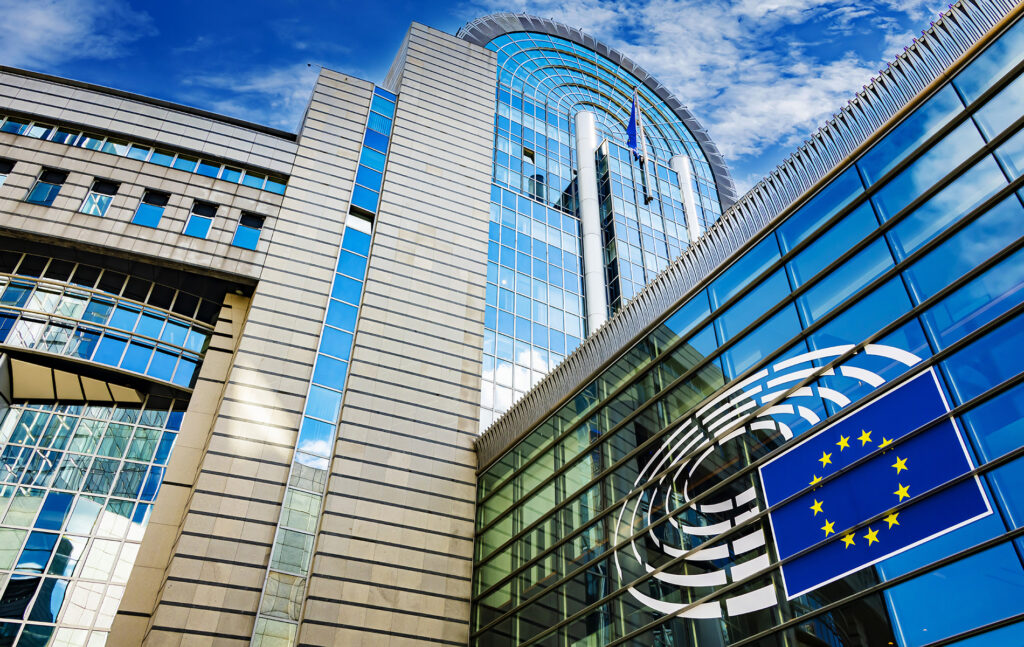
From paper to practice, in the framework of the Green Deal
According to Karvala, the expectations for the new Commission to be selected after the EU elections relate particularly to putting matters into practice.
“Now is the time for implementation. The previous Commission pushed out some possibly not-so-well-prepared legislation and delegated regulations, which we are now trying to make sense of in some way after Timmermans’ departure.”
However, the EU cannot escape the fact that the Green Deal is the framework for all of the Commission’s policies. The goal is to be carbon neutral by 2050.
“Commission President Ursula von der Leyen, who is seeking a second term, has already shown that she is building a new kind of Commission.
The Antwerp Declaration driving the EU’s industrial reform and the EU’s bio-strategy, for example, show promise that the Commission will also include industry in the Green Deal.”
Karvala believes that the new Commission will focus particularly on readiness and preparation rather than driving the green agenda.
“The majority of the new Commissioners come from the centre-right EPP Group. The agenda includes European strategic autonomy and defence. The question of where to get the money to support Ukraine and EU expansion must also be answered.”
Money is also crucial in the green transition
Do you think there is a risk of the EU’s green transition becoming fragmented in line with national interests?
“We are strongly committed to the green transition and its implementation. However, like others, the former Italian Prime Minister and former ECB President Mario Draghi has said (Draghi is set to publish a report on Europe’s competitiveness later this year) the green and digital transitions planned by the EU will require an annual expenditure of EUR 500 billion.
Member States overburdened by the public economy are already concerned about how they can achieve the EU’s legally binding target of a “climate neutral” economy by 2050 even before the report has been published.”
How could an export-driven country like Finland compete with only national subsidies?
“We don’t have the money that Germany, for example, has already spent on its own industry, meaning that there must be a start and an end to the subsidies in order to stay in the spirit of the internal market.

